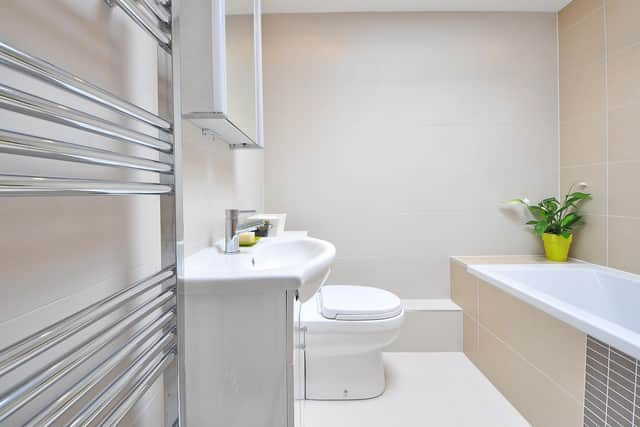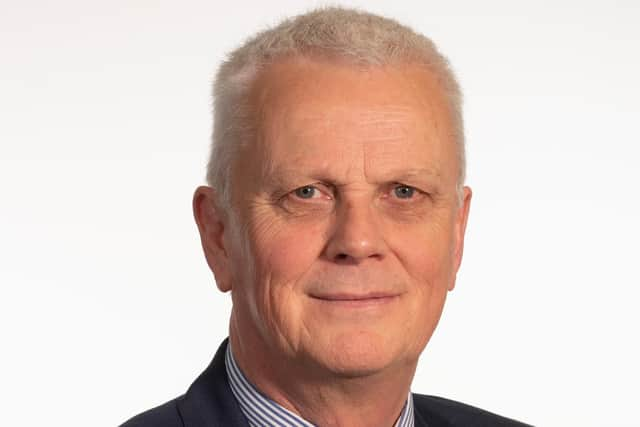Call for NI Water to keep up with Mid Ulster's increased housing demands
and live on Freeview channel 276
The motion, which will be presented to Mid Ulster District Council this Thursday (November 24) by Councillor Robert Colvin, comes as figures obtained by the Local Democracy Reporting Service shows Mid Ulster has more than 170 waste water treatment works (WwTW) and of these, more than 50 are currently operating above capacity.
Cllr Colvin’s motion reads: “Statistics shared by our planning department demonstrate the Mid Ulster District Council is in the top three in Northern Ireland for development applications received.
Advertisement
Advertisement
“However, this growth has not been matched in investment by Northern Ireland Water in our district in appropriate sewerage infrastructure resulting in many developments relying on ‘temporary treatment plants’ which in some cases have been in place for several years.


“In our modern world we should not be relying on such systems which can only ‘kick the can down the road’ until a sustainable system is installed.
“This Council calls for Northern Ireland Water to make funding available and install appropriate sewerage infrastructure in our district. Moreover, this Council seeks an urgent meeting with Northern Ireland Water to discuss specifically, its sewerage infrastructure plans to speedily address this issue.”
The figures, obtained by the Local Democracy Reporting Service show that as of August 24 this year, there were 170 waste water treatment works in Mid Ulster alone.
Advertisement
Advertisement
Of these, 57 are currently treating more waste water than their ‘design population equivalent’. Of the works currently treating more waste water than they are designed to, Dungannon’s WwTW is the most over populated.


NI Water estimate its headroom, as of August 24 this year, is negative 1,428. In contrast, Cookstown’s WwTW has headroom for approximately 25,309 people additional people.
Explaining how capacity of such facilities is decided, a spokesperson for Northern Ireland Water said: “To calculate the capacity/loading to a waste water treatment facility, NI Water has developed an asset standard, Waste water flow & population determination.
“This asset standard sets out NI Water’s approach for determining: the measured flows conveyed to a WwTW; the catchment population equivalent; the associated pollutant loadings for both current and future projected population.
Advertisement
Advertisement
“This methodology is applied for both waste water treatment and networks.”
The spokesperson continued: Residential loading is based on the average household size of the council electoral ward in which the property resides.
“The average household size is statistical data provided by Northern Ireland Statistical and Research Agency (NISRA) based on the Census return.
“For non-residential properties (shops, restaurant, schools, churches, residential home, hospitals, factories, etc) population multipliers are applied. These multipliers are established industry standards.
Advertisement
Advertisement
“For commercial/industrial premises, further loading assessment may be undertaken depending on the size and nature of the business and if the business has an NI Water Consented Trade Discharge Licence.
“The methodology which is set out in the waste water flow & populationdetermination document has been agreed by NI Environment Agency.”
It was also explained that a negative value means the WwTW is currently treating waste water above the design population equivalent (PE) of the works.
“The headroom available for each WwTW is calculated in terms of the available PE,” said the spokesperson.
Advertisement
Advertisement
“The PE of an area served by a WwTW represents the highest biochemical oxygen demand (BOD)* load that enters the WwTW, rather than the number of properties.
“Therefore, for accuracy, the mathematical calculation can give the figure to a number of decimal places which can be rounded up or down to the nearest whole number.”